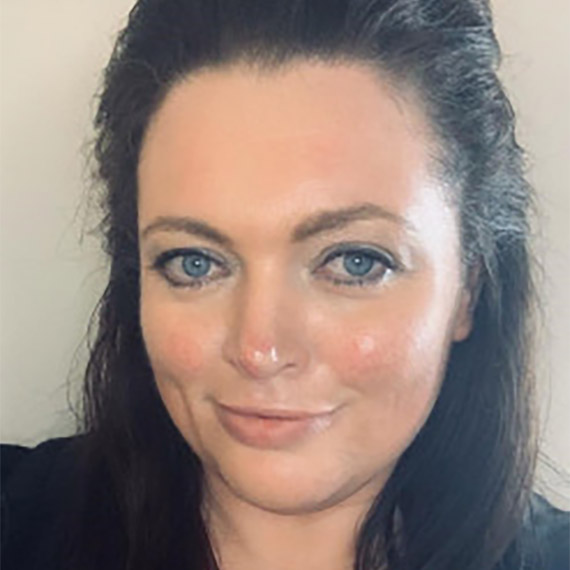
Written by Laura McConnell
Laura is a teacher, a writer, a keynote speaker, a radio presenter and a disability campaigner.
“Inclusion” has become one of the most inflammatory words in education, having evolved to be synonymous with behaviour, specifically undesirable behaviour. The most common themes in any inclusion discourse tend to be negative: underfunding, lack of resources, varying quality and/or availability of training, and lengthy waits to access health services being the most frequently referenced barriers to inclusion, no matter where you are in the UK.
SEND: ‘A grim picture’
We are still awaiting the eagerly anticipated SEND (special educational needs and disabilities) review in England, with publication pushed back to sometime later in 2021. The Scottish government published its review of additional support for learning (ASL) implementation in June 2020 – and anecdotal evidence suggests that the Scottish findings could be a good indicator of what is to come in the English SEND review. Unfortunately, the Scottish review paints a rather grim, but not unsurprising, picture, reporting that 98 percent of the education workforce feels that initial teacher training does not adequately prepare staff for teaching young people who have additional support needs (ASN). It says: “There is a lack of understanding, or recognition, of the range of issues and conditions which entitle children and young people to support.”
The review also found that there were mixed views about inclusion among teachers: “Unfortunately, we cannot assume and take for granted that all individual professionals are signed up to the principles of inclusion and the presumption of mainstreaming.” And that some teachers did not think ASN was part of their job: “Others have shared their core belief that their role should only be to teach children and young people capable of learning within traditional academic standards.”
Ahead of the SEND review’s publication, we do know that there is a disparity in the way that SEND is identified in English schools and/or the access children with SEND have to some schools in England. In a report published in March this year, the Education Policy Institute (EPI) found that pupils in academies were 50 per cent less likely to have SEND identified when compared to similar pupils in state schools.
Let down by language
Many disabled activists think it is the language of inclusion that is the problem. Inclusion emphasises that the child is not part of the group, they are an outsider who should be included. Including them requires something extra: staff, resources, training, intervention groups. Schools have to adapt their policies and practises for the child to fit in. What if the focus was on the school, rather than the child? If education was “accessible”, then it would be usable by everyone.
The Council of Ontario Universities explains accessible education as being based on the social model of disability, as opposed to the medical model: disability is a difference instead of a deficiency. It considers the variety of student characteristics and removes the barriers to learning before they can affect anyone. The curriculum or environment is designed to be used by all, as opposed to access being achieved through special accommodations and/or retrofitting the existing offer. It is evident from all research published so far that current approaches to inclusion are not working for children or teachers.
Rather than perpetuate a myth that there would be improvements if there were more staff, or if access to health services were faster, the education sector should move onwards towards a system of accessible education – where no child is an outsider.
You can watch Laura’s input at the #DiverseEd event here: https://youtu.be/hD8M6aMENxU

